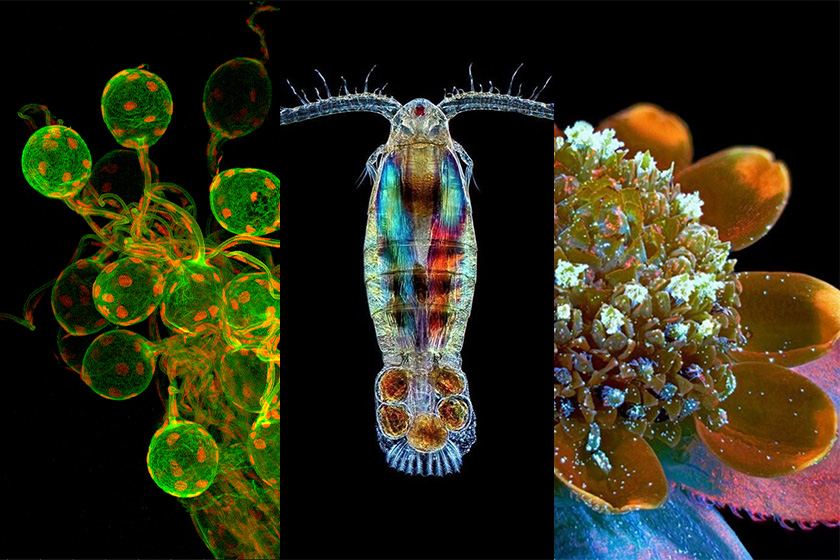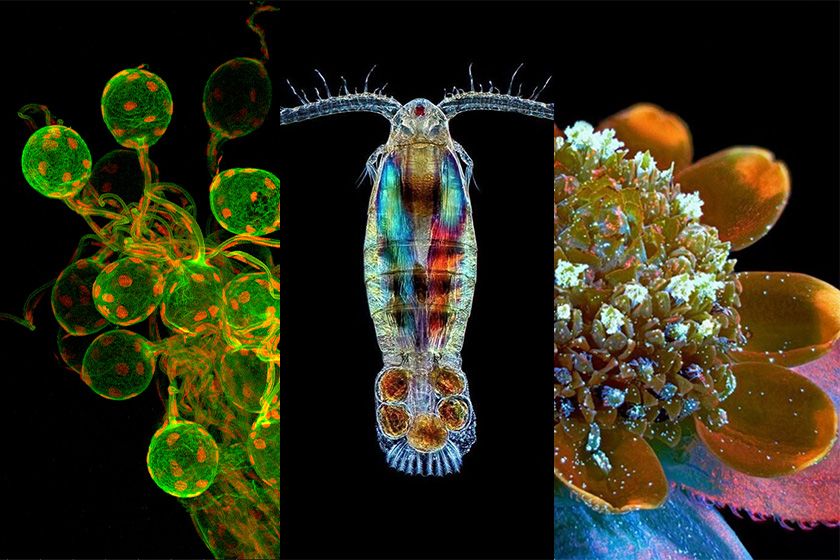When times are difficult, it can be nice to take a moment to appreciate the beauty in the world around us, or in our case, under the microscope. Spring has sprung in the northern hemisphere, and over at the Olympus Life Science Instagram account, images are in bloom!
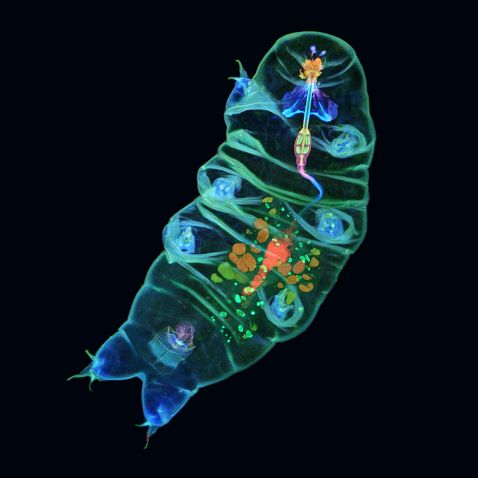
It’s no surprise that the most popular post of March was our gallery featuring the regional winners of our Global Image of the Year contest. This beautiful fluorescence image shows a tardigrade stained to show the colorful details of its insides. More commonly known as water bears, tardigrades are water-dwelling, eight-legged, segmented micro-animals. They are among the most resilient animals known and are able to survive conditions that would quickly kill most other known forms of life—extreme temperatures, extreme pressures (both high and low), air deprivation, radiation, dehydration, and starvation.
Image courtesy of Tagide deCarvalho, 2019 Image of the Year regional winner for the Americas.
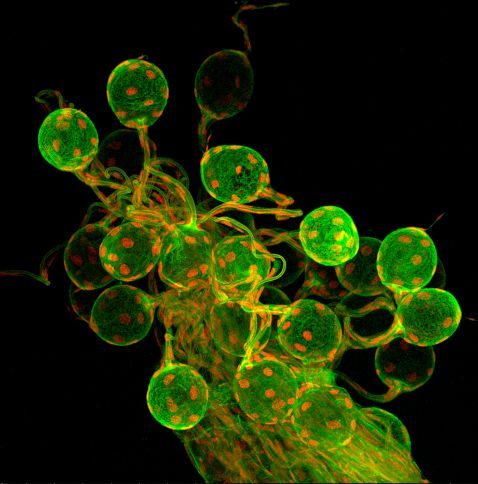
Given the incredible quality of the winning images, it makes sense that our next top post is the gallery of Honorable Mentions for our competition. The cover image shows eggs inside the ovary of a gall-inducing wasp, Anselmella miltoni Girault. A genus of hymenopteran insects of the family Eulophidae, gall-inducing insects develop within the galls (or growths) they induce, and they generally remain undetected.
Image courtesy of Ming-Der Lin, recipient of a 2019 Image of the Year Honorable Mention.
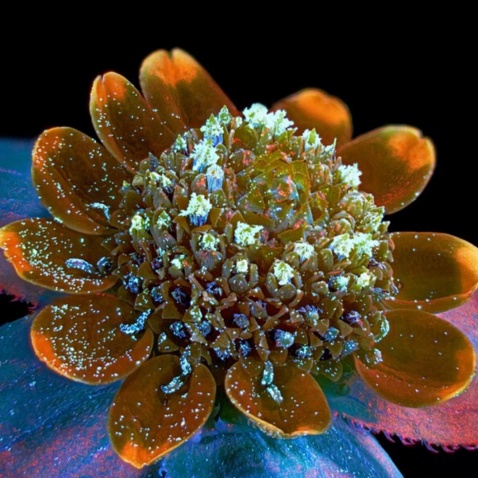
Nothing epitomizes Spring more than the appearance of new flowers, and our next post features a gallery of microscopic blossoms. The stunning cover image features a butter daisy (Melampodium divaricatum) captured using fluorescence at 2x magnification. A common sight in gardens due to their low maintenance, butter daisies are an annual that boast bright, cheerful yellow petals and darker yellow centers.
Image courtesy of Oleksandr Holovachov, 2014 Olympus BioScapes Competition.
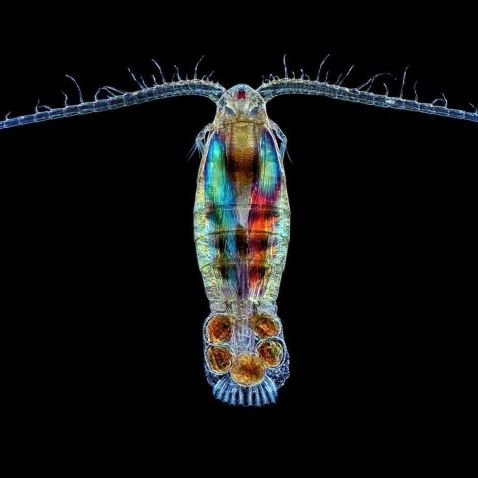
Copepods are a classification of small crustaceans that can be found in nearly every freshwater habitat. Interestingly, specimens like this are often used as biodiversity indicators, a way to show how human activity impacts different ecosystems to inform and direct public policy. Fun pop culture fact: on the cartoon SpongeBob SquarePants, SpongeBob’s friend Sheldon J. Plankton is a copepod!
Image courtesy of Rogelio Moreno Gill.
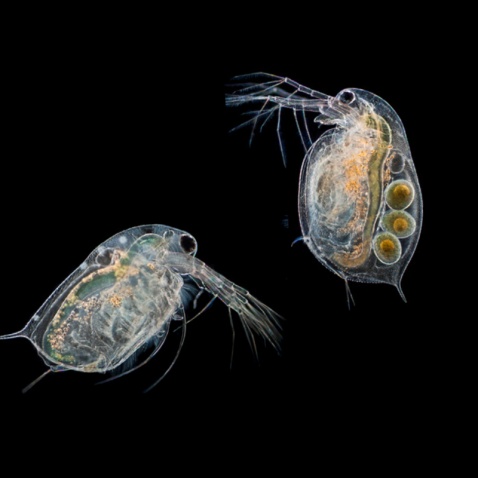
Our final image for the month keeps us in the underwater ecosystem, with a pair of Daphnia, or water fleas. Did you know? The lifespan of a water flea is dependent on its living environment! Water fleas can live in various aquatic environments, from freshwater lakes and ponds to acidic swamps. On average, water fleas live for 5–6 months in typical conditions and up to 14 months in colder environments.
Image courtesy of Philippe Verrees.
To see more images like these, be sure to follow us on Instagram at @olympuslifescience!
Interested in sharing your own images?
Visit our image submission site.
Related Content
Announcing the Winners of Our 2019 Global Image of the Year Award
